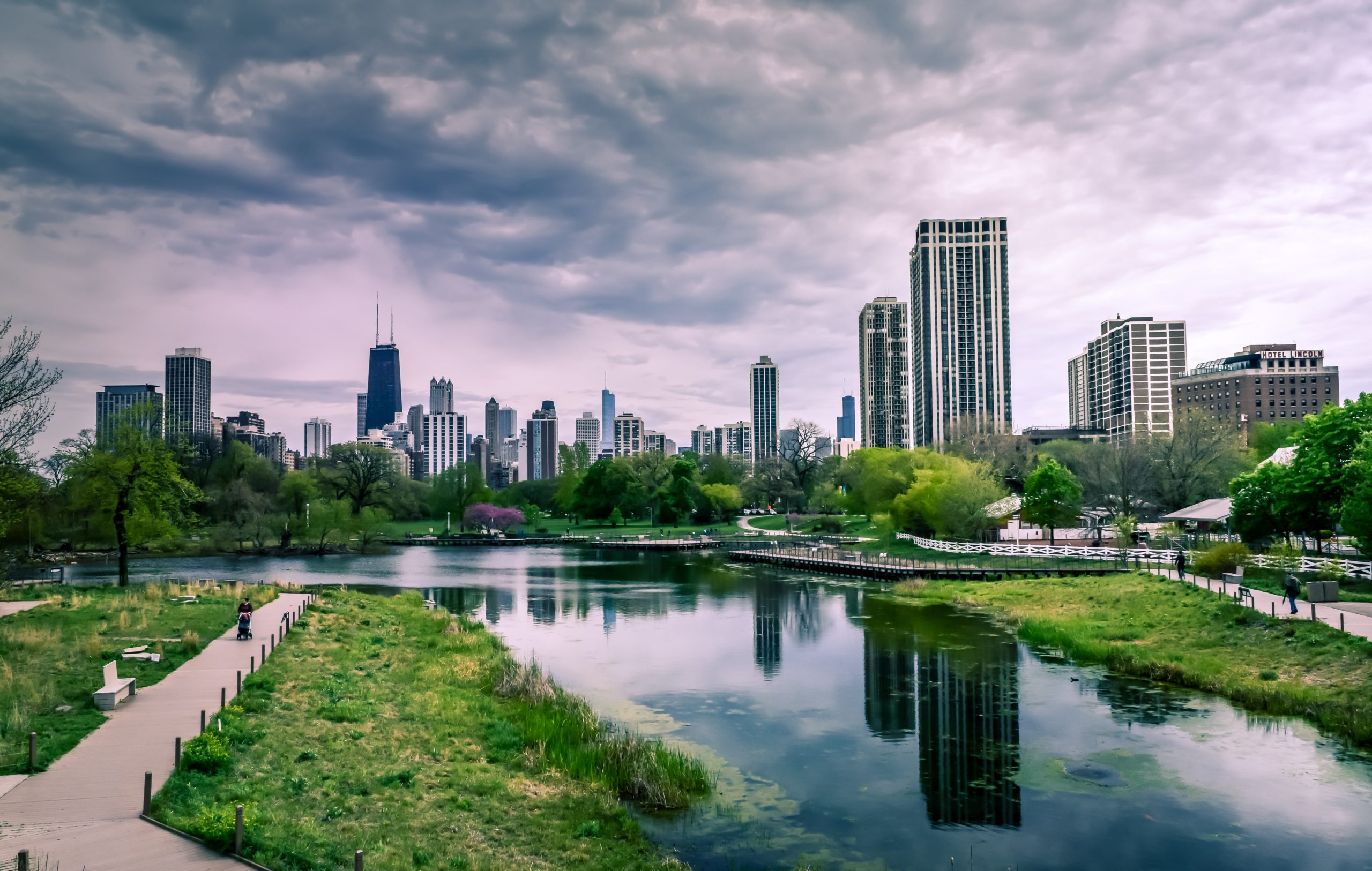
Cities, SI Urban 1/2022, Tourism
Climate Crisis – What does the future of transport look like?
In surveys by WIIW (Vienna Institute for International Economic Studies) on the subject of “how to strengthen local public transport,” most specialists mention strengthening the 1st and 2nd mile Push measures are also mentioned as a necessary resource.
Push measures such as the city toll in Stockholm represent a controlled improvement in the attraction of local public transport.
First and last mile
Experts believe that questions about the first and last mile should involve consideration not only of passive transport systems; active mobility such as cycling or walking is popular over short distances and especially when the weather is fine.
Before a new transport system is introduced, careful consideration should therefore be given to the ways in which the local public transport represents an advantage over private transport and initially contributes to improving these very connections.
Mobility is characterised by routines. If you use local public transport every day, then you do not immediately think of using the car, even in your spare time. Three quarters of all experts interviewed see the greatest advantage of public transport as being on the way to and from work. Many people want to travel in similar directions at similar times.
This is where local public transport could score points – especially those systems that have a high capacity and place no additional strain on the roads, such as trains or, over shorter distances, urban cable cars.
Various measures will be required in order to shift commutes away from the car and onto local public transport. One of many possible scenarios would be company mobility management.
Businesses are needed
Businesses could introduce bonus systems here, if staff travel CO2- neutrally. Experts also see mobility cards as conceivable, i.e. points cards with which each member of staff who travels on public transport or using a car-sharing facility can collect discounts. Some companies already use this system successfully.

What are push and pull measures?
In the transport industry, pull measures describe regulations that result in a mode of transport becoming less attractive. Push measures, by contrast, aim to increase the attraction of the mode of transport being promoted. They might include e.g. higher service frequency or expansion of the local public transport provision.







